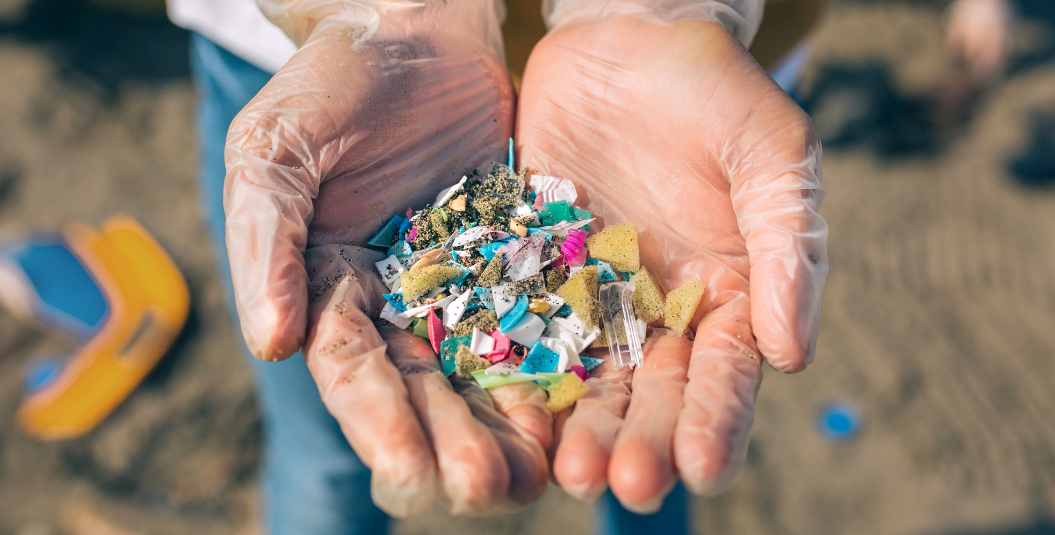Position paper: How can EU legislation tackle microplastic pollution
With plastic production expected to skyrocket in the coming years, microplastic pollution is set to become a runaway challenge if adequate preventive measures are not put in place quickly. Effective solutions that prioritise prevention must be implemented now to prevent microplastic pollution and minimise its impacts on our global ecosystems and climate for the generations to come. We urgently need to phase down material and resource use to sustainable levels within planetary boundaries and choose carefully which applications we use plastics for.

Microplastics are pervasive, chronic, persistent and transboundary, altering the functioning of important habitats, and impacting growth, function, behaviour, development, and reproduction of many species. They are also vectors for disease, invasive species and antibiotic resistance, representing a risk to global food security and planetary boundaries. This pollution is also exacerbating climate change via the release of greenhouse gases (GHG) during the degradation process from macro to microplastics. While uncertainties
remain, microplastics are also likely disrupting the biological carbon pump, and undermining the resilience of the environment and the ocean, one of the main climate regulators of our planet. Finally, the accumulation of microplastics in human bodies is also raising concerns in the scientific community as humans inhale and ingest plastic particles on a daily basis. According to recent estimates, microplastics intake by humans may vary from a dozen to 100.000 particles daily.
The EU Action Plan ‘Towards Zero Pollution for Air, Water and Soil’ states that, by 2030 the EU should reduce plastic litter at sea by 50%, and microplastics by 30%. Commission President Ms Von der Leyen stated in her State of the Union speech and in her subsequent ‘Letter of Intent’ that, among the five new legislative proposals the Commission will publish in 2022 one is the “Legislative proposal to reduce the release of microplastics in the environment and to restrict the addition of microplastics to products”, showcasing how microplastics is now high on the political agenda.
In order to achieve this, an integrated approach is needed at the EU level to prevent microplastic pollution, with complementary and mandatory regulatory measures across all responsible sectors, to generate the changes needed in plastic production and consumption and reduce harmful microplastic release at source Such a framework should be binding and based on the most adequate legal base for environmental policy that is 192 TFEU.
Reducing volumes of microplastics released is a positive first step, but microplastics’ toxicity (ecotoxicity and increasingly human health toxicity 26 must also be included in legislative measures, which is not the case right now Microplastics contain and absorb high concentrations of hazardous chemicals It is key to work on the elimination of potentially hazardous plastic additives and toxic additives (heavy metals, plasticizers, pesticides in the design and production of plastic products We urge the European Commission to consider effective measures to address this at source across all legislative proposals of the EU Green Deal.
Read the full position paper HERE.
Download the document

